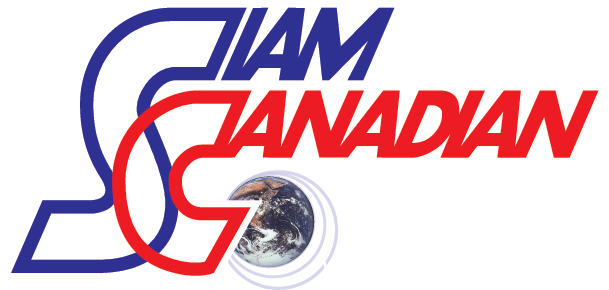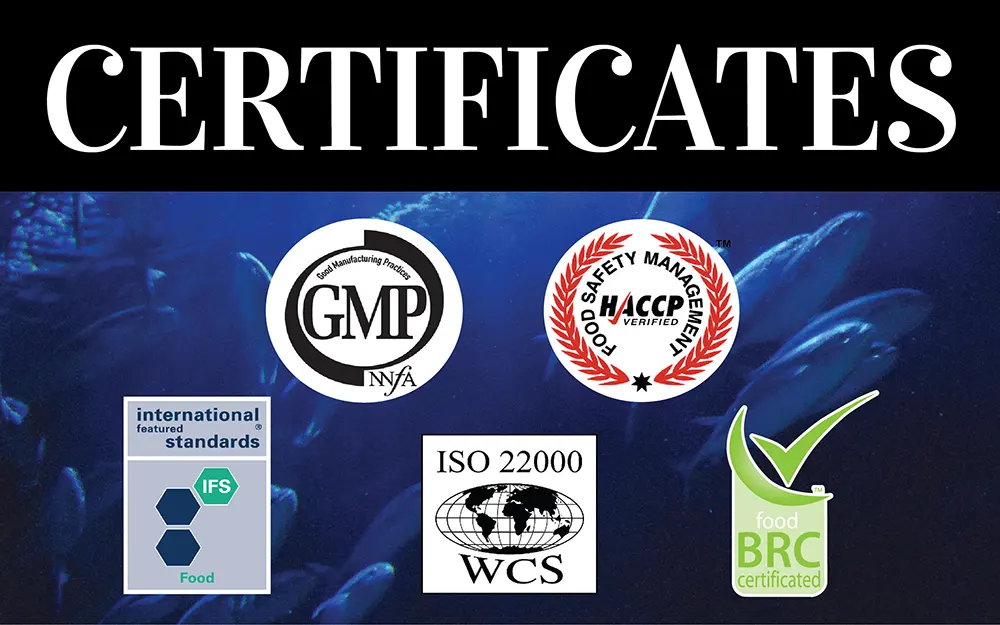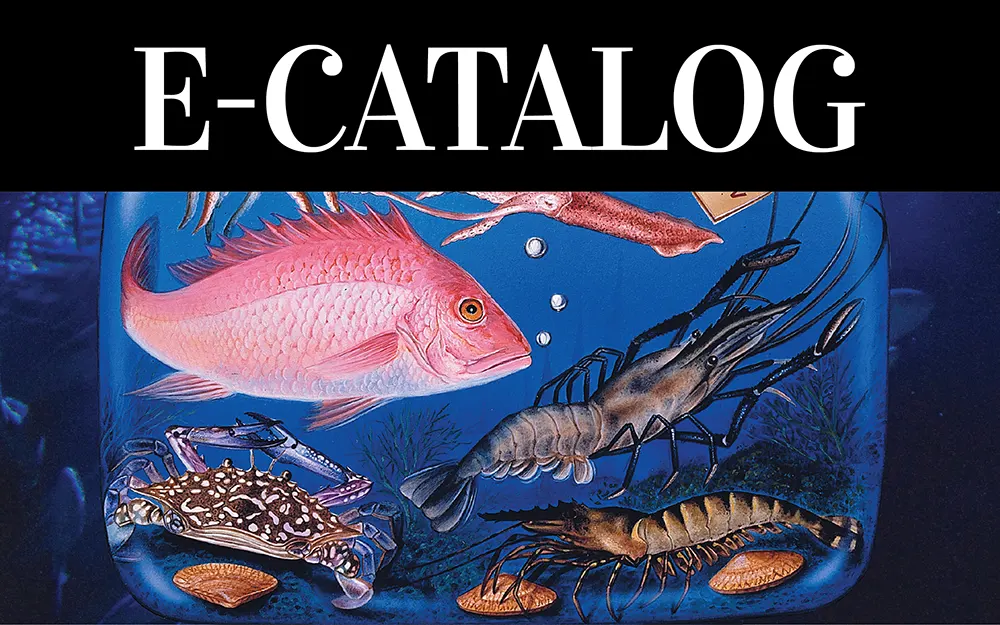August 15, 2013, 4:27 pm
Tom Seaman
Shrimp prices will rise and demand could be impacted, if the countervailing duties (CVD) proposed by the US government stays in place, sources said.
The hardest hit is Ecuador, with 10-14% duties, issued on Tuesday by the US Department of Commerce (DOC).
The impact of duties of as high as 14% being imposed on Ecuadorian packers is “very difficult to assess right now”, said an executive from a large US importer, wishing to be quoted unnamed.
“It’s certainly a game-changer, if the duties hold,” he told Undercurrent News.
The duties still have to be agreed upon by the International Trade Commission (ITC) and could be reversed in September. The ITC has a joint mandate to decide whether duties are necessary. Although it has a separate question to answer than the DOC — whether imports have caused injury to the US industry — both agencies have to give affirmative findings in order for duties to go into place.
Ecuador shipped 81,403 metric tons of shrimp to the US in 2012 and had shipped 39,085t in as of June, according to the latest National Marine Fisheries Service (NMFS) trade statistics. In 2012 and 2013 to date, Ecuador is the number two US shrimp supplier, behind Thailand.
With Thai imports down 31% to 40,803t for January-June this year, as early mortality syndrome drives up raw material prices and tightens supply, US buyers have few options.
“There is no way Ecuador are out of the market. The US needs us,” said a source with an Ecuadorian processor, wishing to be quoted anonymously.
“We are the only producer able to supply all year round and with the shortest transit time,” he said.
With EMS hitting Asia — Thailand in particular — demand is extremely strong.
“The fundamentals haven’t changed; there is a worldwide shortage of shrimp,” he told Undercurrent.
Zero duty — which Thailand has in the CVD case — “will not cure EMS and will not make more shrimp appear in the market. It’s the same game, new set of rules. But, we have the shrimp”, he said.
As a result, “prices will go up and consumers will have to pay the Snowden-Assange duty’, because, after reading the documents, it’s clear this is more politics than really about subsidies”, said the source, referring to the tension between the US and Rafael Correa, Ecuador’s socialist leader.
In anticipation of higher prices, US importers are looking to raising prices in attempt to accommodate for the duty impact that will be felt on all entries starting later next week, said the first source, with the US importer.
The level of proposed duties have caused a big surprise that would have a huge impact on the market here”, said Sree Alturi, director of operations for Devi Seafoods, and an Indian exporter.
There would be less shrimp now coming in the US, resulting in more shortages and higher prices, Alturi told Undercurrent.
The duties on Ecuador would intensify the trend of processors in the Latin American country looking to other markets.
“There is already a big shift happening on Ecuador exports from US to the Asian markets, even without the CVD. Now, with the CVD, this shift will happen much faster,” said Alturi.
“All Ecuadorian shrimp will now head to China,” said one Latin America-based source, not wishing to be quoted on record.
Asian and Indian shrimp will fill the vacuum in the US, while Central American shrimp tries to fill the vacuum in Mexico, because of the disease problems there, he told Undercurrent.
Ecuador is likely to have good possibilities outside of the US, in the short-term, where the end of the summer is close and demand will ease.
“Europe and Asia are stepping in for their holiday demand, so Ecuador will have good options,” said the first source.
Whereas Ecuadorian farmers and processors have options, US buyers have less.
“Importers here will look to other options, but the problem with that strategy is availability, and there’s really nothing that substitutes for Ecuador’s supply,” the source told Undercurrent.
US buyers are likely to look to India and Indonesia, to fill the gap from Ecuador.
“Ecuador will be pushed to supply more to Asia and China and its traditional market, the EU,” said a source with a large Southeast Asian processor, who wished to be quoted unnamed.
This echoes the point made by Jim Gulkin, managing director of Thailand-based Siam Canadian Foods, speaking to Undercurrent on Wednesday.
Importers in the US will probably purchase or even invest in other producing countries, such as Nicaragua, Guatemala or Panama. Never put your eggs in one basket,” the executive with the Southeast Asian processor told Undercurrent.
“I do think the void will be filled by India if they can produce the sizes the market requires in US,” he said.
Indian packers, however, are also seeing strong demand elsewhere.
“India is another country which is having good availability has also been recently shipping quite a bit to Thailand, Vietnam and India,” said Alturi.
“The export process to these countries is simple with easy negotiations, no CVD or AD [anti-dumping] deposits, lengthy reviews or liquidations to worry about,” he told Undercurrent.
The lower freight rates, faster transit and immediate payments also make it attractive for a packer to ship to these destinations, said Alturi.
“The end effect of the whole CVD issue would be higher shrimp prices and lower consumption, which is not good for the industry as a whole. Prices also seem to be reaching a high threshold,” he said.
Market will balance
Most sources agreed on one point – the market will find balance.
“For sure at current market and supply shortage, it’s quite difficult to comprehend the actual affect of CVD, most packers will see they are making money due to high prices, though yes, they will factor in the rate,” said a source with a Southeast Asian packer, who wished to be quoted unnamed.
The first source, with a large US importer, agrees.
“With the tremendous run-up in the shrimp market in general, there’s likely some room for farmers to manage an 11% duty when markets return to ‘normal’,” he said.
“So, the long term answer is the market will self-regulate,” he told Undercurrent.
The benefit of the duties – if they stay in place – will not last, said the source from the Southeast Asian packer.
“CVD will only benefit countries not subject to pay CVD rate for a short period of time, one-to-two years maximum,” he said.
“So, [CVDs] should not have long-term effect, but eventually it will create more balance competition for all countries. Most of costs are quite similar, feed, energy and labor,” he said.
“Trade barriers come and go — just look at anti-dumping — eventually things will balance out,” said the source.
Source:
Contact us for more information:
Email: info@siamcanadian.com



